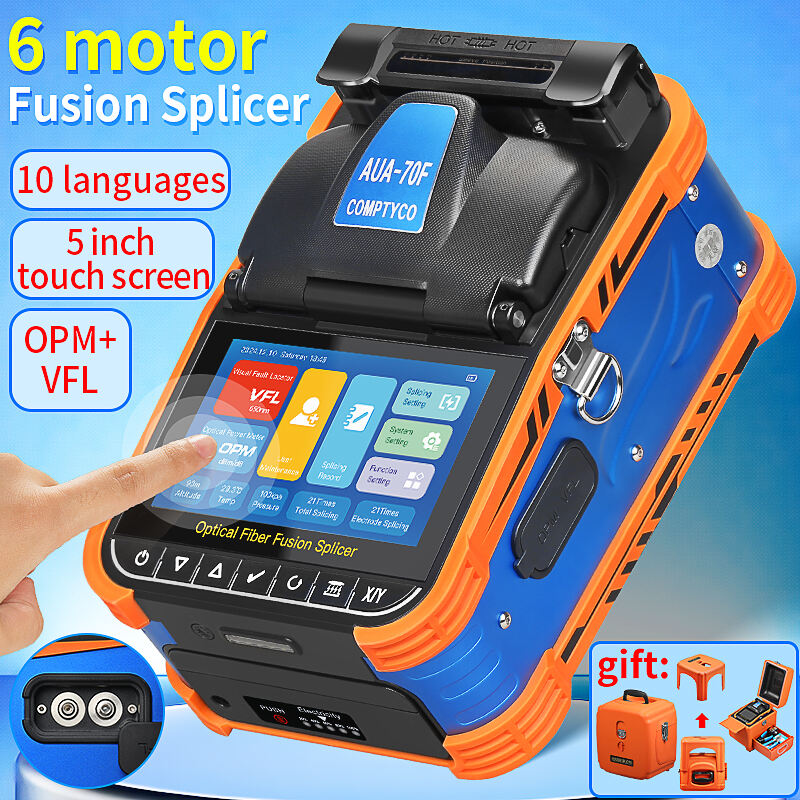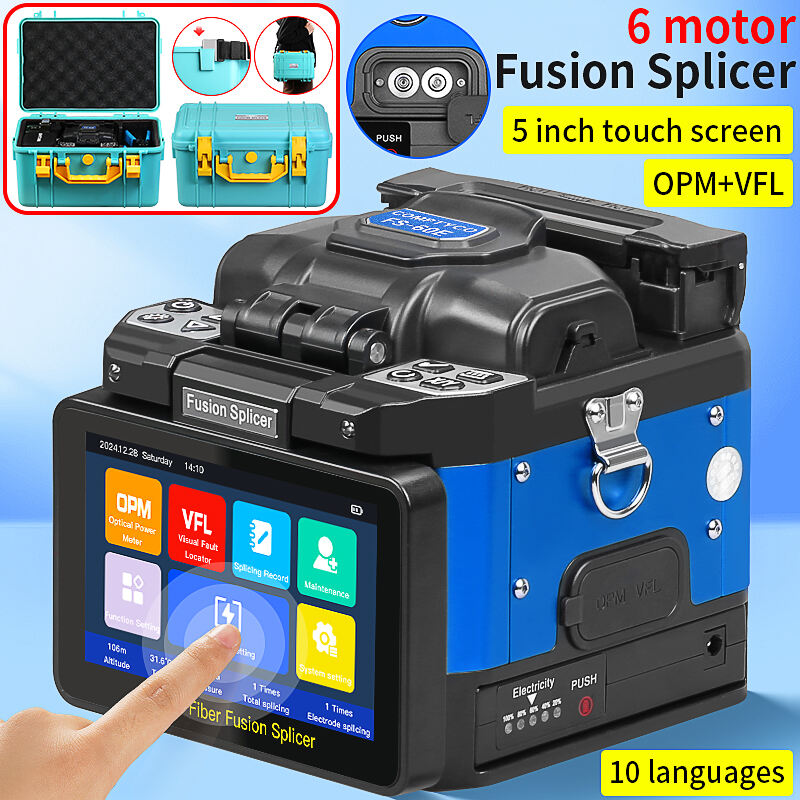fiber optical fusion splicer
A fiber optical fusion splicer is a precision instrument designed to join optical fibers permanently through a thermal fusion process. This sophisticated device uses precise alignment technology and controlled electric arc to melt and fuse fiber ends together, creating a seamless connection with minimal signal loss. The fusion splicer incorporates advanced imaging systems, typically featuring multiple cameras and LED illumination, to ensure accurate fiber alignment in multiple axes. Modern fusion splicers come equipped with automatic features that analyze fiber end faces, adjust fusion parameters, and estimate splice loss. They utilize specialized algorithms to optimize fusion parameters based on fiber types and environmental conditions. The device's core technology includes precision motors for fiber alignment, electrodes for generating the fusion arc, and sophisticated software for process control. Applications span across telecommunications infrastructure, data centers, cable TV networks, and industrial fiber optic systems. The splicer's capability to create low-loss joints is crucial in long-distance communication networks where signal integrity is paramount. These devices often include features like heating elements for splice protection, automated cleaning functions, and built-in fiber cleaving verification systems. With advancing technology, modern splicers have become more portable, user-friendly, and capable of handling various fiber types, including single-mode, multimode, and specialty fibers.


